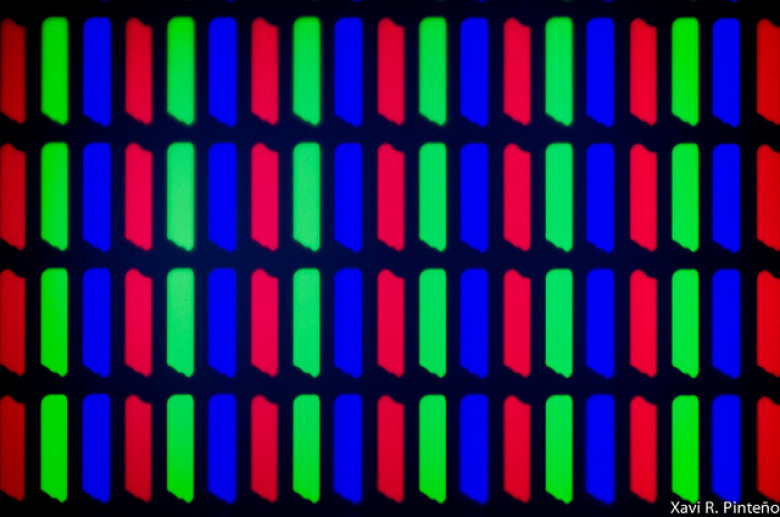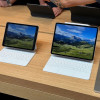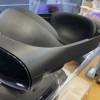1080p on a smartphone screen—can it possibly matter?
It’s no secret that phone displays are getting big—much bigger than they used to be. The iPhone got bumped up a notch (from 3.5 inches to 4 inches), Nokia’s Lumia display is gargantuan (4.3 inches), and some of the Android phones launching this quarter come with 4.7-inch displays. Even Sharp and LG have begun manufacturing 5-inch displays with more than 446 pixels per inch (ppi), and those displays are expected to come with a 1920×1080 resolution, giving them the same resolution as HDTVs and pitting them against contenders like the iPhone's 326 ppi Retina display and the HTC One X's 312 ppi. But when 1080p is crammed into such a relatively small package, does it really matter to the human eye?
We took this question to Dr. Raymond Soneira, president and CEO of DisplayMate, a company that produces calibration software for displays of all types. Dr. Soneira has also been known to publish display shoot-outs that pit the latest smartphones against each other in the battle for the best display.
When it comes to 1080p on a smartphone, he admits that it might not matter for the most casual users. "For some people, it is possible to tell the difference if we were to sit down and study a [1080p] display and a [720p] display, side-by-side," he said in a phone interview with Ars. "If you’re really a fanatic and you study images, or you have some professional applications and you’re really into displays, then it may make a visual difference for you."










































































